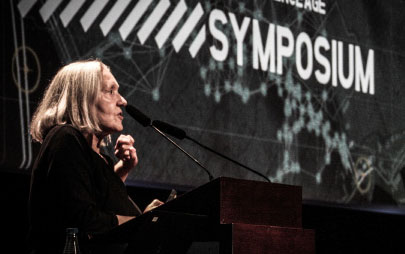
How can data help us in representing city’s methabolism?
City’s call for new representation
300000kms is a group of architect and planning based in Barcelona defining the new approaches to the city as a multiple scale system, from neighbourhoods to the larger dimension, and produce data on several topics, relevant in a worldwide scale. We are focused our research on how innovation and economic work in the city to more tangible and intangible aspects, as poverty or gentrification. In fact, we try to draw urban phenomena: graphical representations, or cartographies, to understand and influence stakeholders related to city functions and drive them to right decisions.
Indeed, cities are living at two velocities. If Barcelona, for example, is not growing anymore, in another part of the world we have slums cities, where reality goes faster than urban planning. In front of two considerations, we need to upgrade urban planning’s tools and adapt the vision of urban settling to the contemporary rising issues such as overpopulation or over densification. It is possible to work on either citizens or technology but how can we set urban planning to retrieve its fundamental role as a driver for a long vision of territory management? If we take in consideration Cerda’s plan for Barcelona, the idea was to envision a city able to grow with intelligent infrastructure and the actual urbanity was so strong that it showed resilience, capacity and flexibility that the city is still nowadays experiencing. The reason behind was the systematic structure of the project, based on data ranging from city’s sections to pedestrian flows and from transports to streetlights. Working with data is not a new approach.
How can data become information?
The nowadays situation provides a great amount of data, more accessibility to data and better ways to manage, visualise and report this information. This is a crucial shift, and it brings us new scenarios to design city. With data, we can add a new layer, while planning the city: the behaviours. We can compare forms and morphologies to human relations and emotions. Moving from blocks to tweet we can manage the inner tangible and intangible aspects of the city. Studying the city according to demography and workplaces, we understand the flow of residents throughout the day, and we start wondering to whom the city belongs. Considering demography as a dynamic feature, we understand residents and tourist as fluid, they may not be the same, but they are and must be permanent presences as they have significant impacts on public spaces. Houses, industries and offices mix around town and they reflect the actual economic representation of the urban settlement. The city has a metabolism, changing every day at every hour and only with the fluid information of data we are able to study it and enjoy it.
by Mar Santamaria


